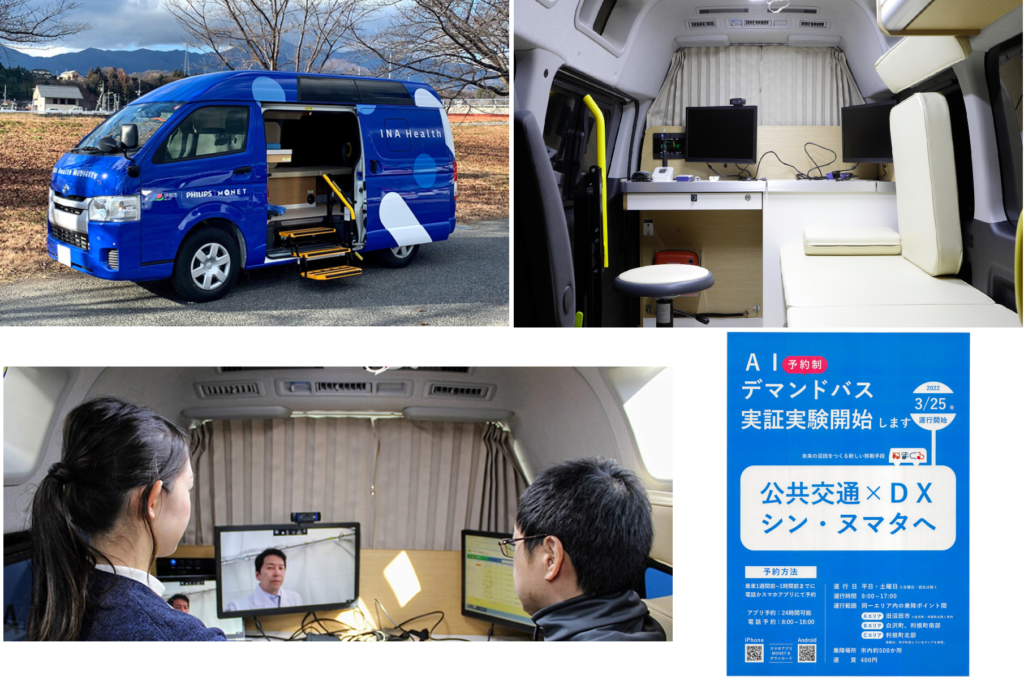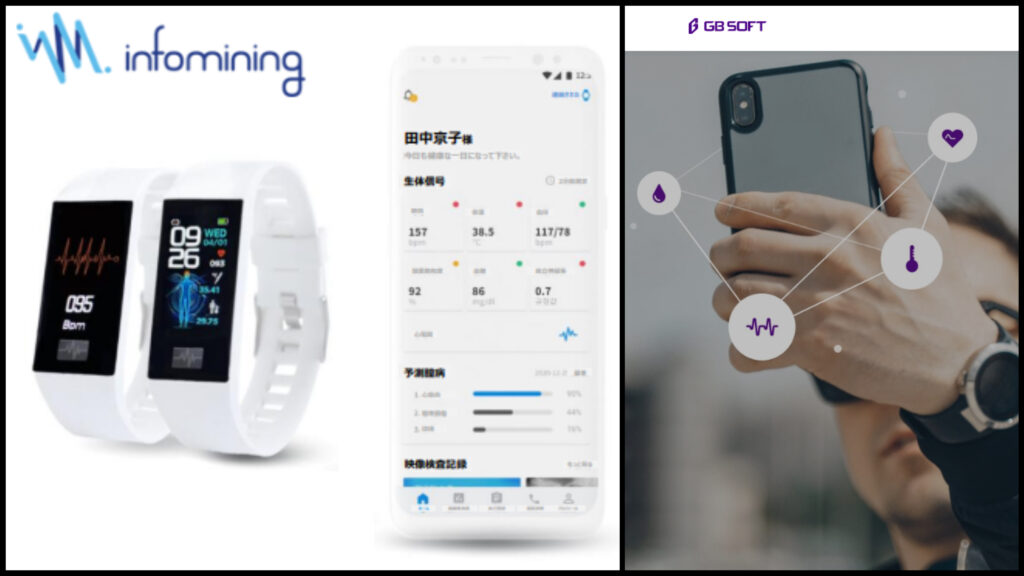
The smart city designated by Japan’s the Ministry of Land, Infrastructure, Transport and Tourism is under construction in 38 regions nationwide. Let’s take a look at how construction companies and other companies that participated in Japan’s smart city construction project are making efforts according to the government’s Guidebook.
In the smart city of HICity (HANEDA INNOVATION CITY), adjacent to Haneda Airport, the Ministry of Land, Infrastructure, Transport and Tourism began operating the self-driving bus “NAVYA ARMA” (France, Navya) in September 2020 with the help of a consortium. In addition, “NAVYA ARMA” is the first time in Japan that a special device vehicle operated by a normal handle, brake and other special devices during manual operation is normally operated by an autonomous bus. Haneda Future Development utilizes “NAVYA ARMA” and BOLDLY’s automatic driving vehicle operation platform “Dispatcher,” which can manage and monitor the operation of automatic driving vehicles from a remote location, and operates free indoor circulation buses to improve the convenience of movement. The self-driving bus tours regularly from 10:30 a.m. to 4:30 p.m. every day, and anyone who visits “HICity” can ride it for free. In addition, the import, sales, and remuneration support of “NAVYA ARMA” is provided by MACNICA to improve the reliability of the vehicle and realize stable driving. Also, Haneda Future Development will conduct an empirical experiment to and from the innovation corridor in “HICity” using the self-driving slow electric cart developed by PerceptIn Limited. In the future, we will conduct demonstration experiments in which remote operators operate “NAVYA ARMA” and self-driving low-speed electric carts simultaneously in “Dispatcher” in anticipation of safe and efficient operation of multiple automotive vehicles of the vehicle type. In addition, through the partnership between Kashima E&C’s spatial data base “3DK-Field” and “Dispatcher,” which aggregates real-time location information such as people, mobility, and robots in “HICity,” facility managers can check the location information of vehicles in “3DK-Field” and contribute to the efficiency of future vehicle management.
In February 2019, SoftBank Group Corp. worked with TOYOTA on MONET Technologies in collaboration with TOYOTA to promote the Medical-MaaS(Mobility as a Service) business for smart city linkage, and measured Blood pressure, body temperature, weight, blood sugar, remotely diagnostic monitoring on TOYOTA HiAce in Nagano-Ken and Ina-City. The “mobile clinic” provides remote and face-to-face treatment services regardless of physical location by moving mobility to where patients want it. It is a system in which a nurse visits a patient with a healthcare facility, a doctor in a hospital treats the patient through a video call, and then the nurse examines and prescribes the patient under the doctor’s direction. This is what the ‘mobile clinic’ provides by synthesizing the three concepts of ‘remote treatment + home treatment + mobility’.

With the introduction of the LA Times Asia Journal, Softbank is internally considering the Medical-MaaS business team to apply a solution of Infomining (measuring bio-signals of electrocardiogram, blood pressure, blood sugar, oxygen saturation, pulse, and body temperature analyzed through Smartwatches) in Korea.
At TOYOSU Smart City in Tokyo, CUVEYES has developed an APP that can exchange accumulated points for goods and services by automatically converting the amount of movement that corporate executives and residents walk, run, and move by bicycle into carbon dioxide. With the introduction of the LA Times Asia Journal, CUVEYES will start joint development with GB Soft in Korea after collecting opinions from local companies and local governments to apply solutions of GB Soft (Artificial Intelligence analyzes light from camera lenses to measure bio-signals of blood pressure, oxygen saturation, pulse, and body temperature). CUVEYES is a move to realize a user-centered smart city by allowing a user of APP to measure a biometric signal on their own through a camera lens of a smartphone to manage healthcare.
MIKE CHOI
ASIA JOURNAL

